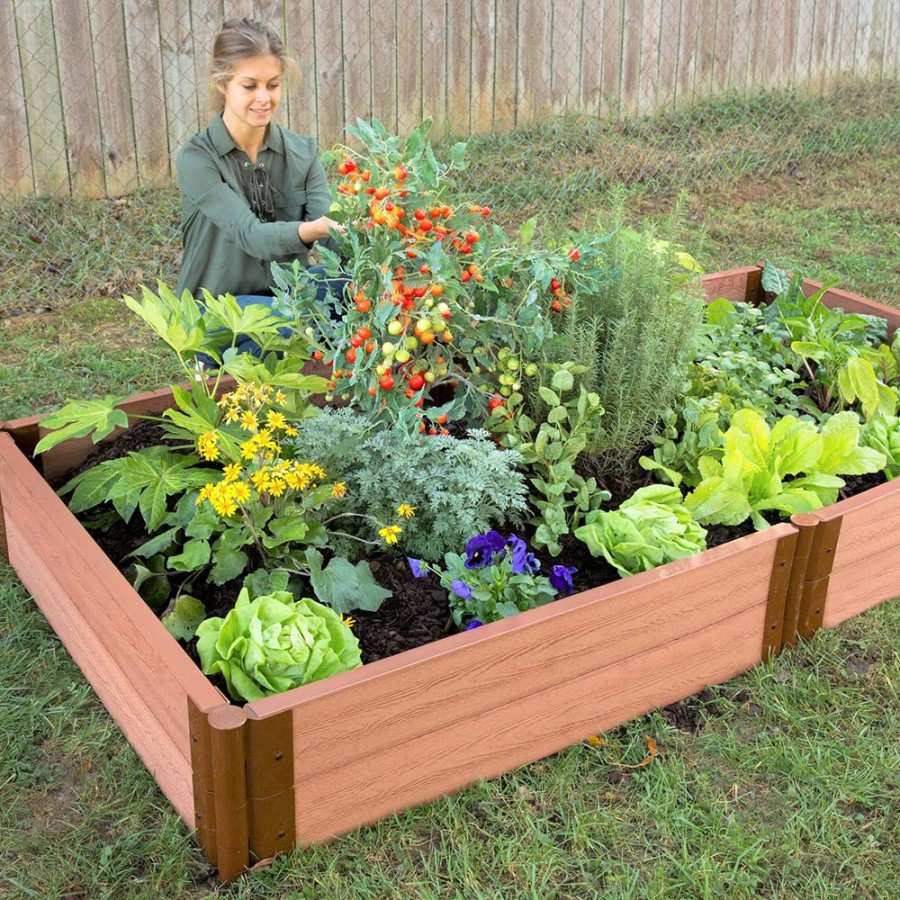Raised Garden Beds: A Gardening Solution for Everyone
Raised garden beds have gained significant popularity among gardeners of all levels, offering numerous advantages over traditional ground-level planting. These elevated planting areas provide a range of benefits, including improved soil quality, better drainage, easier access, and enhanced pest and weed control.
One of the primary advantages of raised garden beds is the ability to create optimal soil conditions. By filling the beds with high-quality compost and soil mixes, gardeners can provide their plants with the nutrients they need to thrive. Raised beds also allow for better drainage, preventing waterlogging and root rot, especially in areas with heavy clay soil.
Raised garden beds are particularly beneficial for individuals with mobility issues or back problems. The elevated planting surface eliminates the need to bend over, making gardening a more comfortable and enjoyable experience. Additionally, children and older adults can easily participate in gardening activities in raised beds, promoting intergenerational bonding and healthy lifestyles.
Raised garden beds offer effective pest and weed control. The raised sides prevent weeds from spreading from surrounding areas, reducing the need for herbicides. Furthermore, the elevated soil warms up faster in the spring, allowing for earlier planting and harvesting.
When constructing a raised garden bed, consider the following factors:
Once the raised garden bed is constructed, it’s time to start planting. Choose vegetables, herbs, or flowers that are suitable for your climate and growing conditions. Consider companion planting to maximize space and deter pests.
To maintain a healthy and productive raised garden bed, regular care is essential. This includes watering, fertilizing, weeding, and mulching. By providing proper care, you can enjoy bountiful harvests and beautiful blooms.
In conclusion, raised garden beds offer a versatile and efficient solution for gardeners of all levels. By providing optimal growing conditions, improving accessibility, and enhancing pest and weed control, raised beds can help you create a thriving garden.

